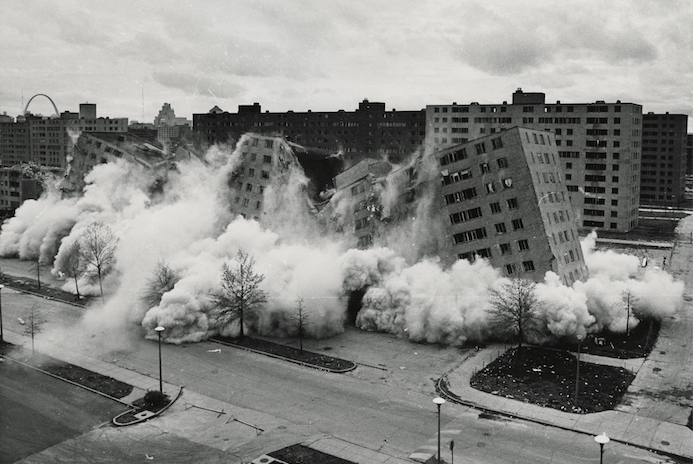Over the years, translation memories (TMs) can become monsters that take on a life of their own. Years of new (and now obsolete) products and services, new clients, new translators, old translation memories inherited by new agencies. There comes a tipping point when a large TM begins to exhibit “bloat”. In other words, it becomes filled with inconsistencies and irrelevant content that may actually slow down the translation process and diminish translation quality. A single bad translator can lay an egg in the TM with an incorrect term or translation. Another translator incorrectly assumes the usage has been approved or ignores an erroneous 100% match, and soon you have a gift that keeps on giving.
At a certain point, it’s time to roll up your sleeves and clean up that TM. Depending on the client and size of the TM, there are a few different ways you can go about the task effectively – without spending a fortune. Even just an hour or two can go a long way.
Method 1: Terminology-based
If the main problem you’re experiencing with your TM is the inconsistent use of official terminology, this slightly more involved method may be the right course of action. This of course requires that you have a well-maintained glossary from the outset. Essentially, the TM “maintainer” goes through your glossary one term at a time and searches for inconsistencies or incorrect usage. Knowledge of Boolean operators is essential. And don’t forget to search for plurals and inflection variations.
Pros:Terminology consistency.
Cons: Depending on the size of your glossary and TM, potentially time-consuming and expensive. Estimating the amount of time required may be difficult. Relatively high skill level required.
Bottom line: Best-suited for clients such as tech and engineering customers who place a premium on the absolute consistency of technical terminology.
Method 2: Field-based
Sometimes you may inherit a bulky TM full of content from many translators – including the occasional bad apple. If you notice that a particular translator or project was of particularly poor quality, it may be easiest to filter out all segments with this translator’s name on them and toss them in the bin.
Pros: Eliminate poor quality content and identify bad translators.
Cons: Moderately time-consuming, requires that segment fields such as job number, translator or other relevant information have actually been maintained.
Bottom line: Use this technique if you ever get the sense that a translator or project has sullied your TM and you want to nip it in the bud before their errors begin to procreate.
Method 3: Ad hoc
If none of the above strategies seems applicable but you still have the general sense your TM needs to shed a few pounds, this method might be a good option. Basically, a trusted translator goes through your TM and performs spot checks to identify potential problems. If any problems or inconsistencies are identified, they can then fix all other instances in the TM.
Pros: Good way to assess your TM’s general state of health before choosing a more precise method. You can budget a set number of hours.
Cons: Actual impact may be limited.
Bottom line: Best for assessment purposes and strict budgets.
Method 4: Date-based
A quick and dirty method. Simply pick a cut-off date such as the discontinuation of a certain product or service, and delete any content added prior to this date. This method is helpful if you simply want to eliminate outdated content or have determined that content from a certain period is of poor quality.
Pros: Fast and relatively simple procedure.
Cons: You may lose some relevant content. This is likely to be minimal, however.
Bottom line: Best-suited for big clients and massive TMs containing lots of obsolete content. The loss of some relevant content has to be accepted as collateral damage.
Conclusion
Above we’ve covered just a few possible strategies, but there are plenty more. Maybe you have a few of your own?
If you’re a customer interested in having Supertext perform some maintenance on your TMs, let us know! We’ll be happy to advise you on the best strategy.
Cover picture via Wikimedia: Pruitt Igoe Collapses (Public Domain)
